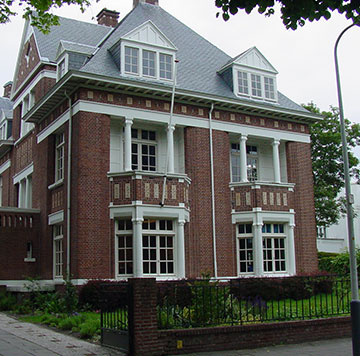RFTU-03 - Rapid fire session from selected oral abstracts
Factors Influencing Participation Of Clinical Pharmacists In Ward Rounds In Hospitals
- By: BABU, Dona (Australia)
- Co-author(s): Ms Dona Babu (Quality Use of Medicine and Pharmacy Research Centre, Clinical and Health Sciences, University Of South Australia, Adelaide, Australia / SA Pharmacy, SA Health, Adelaide, Australia)
Sally Marotti (Quality Use of Medicine and Pharmacy Research Centre, Clinical and Health Sciences, University Of South Australia, Adelaide, Australia / SA Pharmacy, SA Health, Adelaide, Australia)
Prof Debra Rowett (Quality Use of Medicine and Pharmacy Research Centre, Clinical and Health Sciences, University Of South Australia, Adelaide, Australia / SA Pharmacy, SA Health, Adelaide, Australia)
Dr Renly Lim (Quality Use of Medicine and Pharmacy Research Centre, Clinical and Health Sciences, University Of South Australia, Adelaide, Australia)
Ms Alice Wisdom (SA Pharmacy, SA Health, Adelaide, Australia)
Dr Lisa Kalisch Ellett (Quality Use of Medicine and Pharmacy Research Centre, Clinical and Health Sciences, University Of South Australia, Adelaide, Australia) - Abstract:
Background: Ward rounds (WRs) are important for communication and decision-making regarding the management of patients in hospitals and provide an opportunity for pharmacists to be involved in the care of patients. Pharmacists’ participation in WRs has also shown to reduce adverse drug events and improve medication appropriateness and communication. Available evidence suggests that WR participation by clinical pharmacists is currently limited.
Purpose: To explore the factors that impact WR participation by clinical pharmacists in Australian hospitals.
Method: A self-administered, anonymous survey of clinical pharmacists in Australia was conducted. The survey collected demographic information, and free text responses to questions relating to enablers and barriers to WR participation. The questions asked the respondents to describe past or current workplace experiences that facilitate or hinder WR participation, and what can be improved at an individual level, team level or organizational level to enable WR participation. Free-text responses were analysed thematically in Nvivo-2020. A reflexive thematic analysis was undertaken with an inductive approach utilizing semantic coding according to Braun and Clarke’s technique.
Results: Ninety-nine responses were included in the analysis. Thematic analysis identified five themes that impact pharmacists’ participation in WR: ‘Clinical pharmacy service structure’, ‘Ward round structure’, ‘Pharmacist’s capabilities’, ‘Culture’ and ‘Value’. ‘Clinical pharmacy service structure’ and ‘Ward round structure’ which encompassed organisational features (such as prioritisation of medication histories and reconciliation of medicines on admission) and WR features (such as the duration), determined whether there were opportunities for the clinical pharmacists’ to be physically present with the broader health care team, expanding the professional relationship. A culture supportive of pharmacist’s contribution to WRs and supported by a consistent WR structure with flexible delivery of the clinical pharmacy service enabled pharmacists’ participation in WRs. Pharmacists using WRs as a platform to undertake clinical pharmacy activities and recognizing the value of being present at the time of decision-making, enabled them to see value in their participation in WRs. The responses of clinical pharmacists were also reflective of a unidirectional interprofessional relationship from the pharmacist to the clinical team. The clinical pharmacists that responded to our survey placed their focus on what they can provide to the team and ensuring that the team is aware of the role of the clinical pharmacist in a WR.
Conclusion: Being physically ‘absent’ from the ward round due to workload, workflow and self-perception of the need for extensive clinical knowledge can limit opportunities for pharmacists to proactively contribute to medicines decision making with physicians to improve patient care outcomes. Bidirectional communication between the interprofessional team and the pharmacist, where there is a co-construction of each individual’s role in the ward round facilitates consistent and inter-dependent collaboration for effective medication management.

